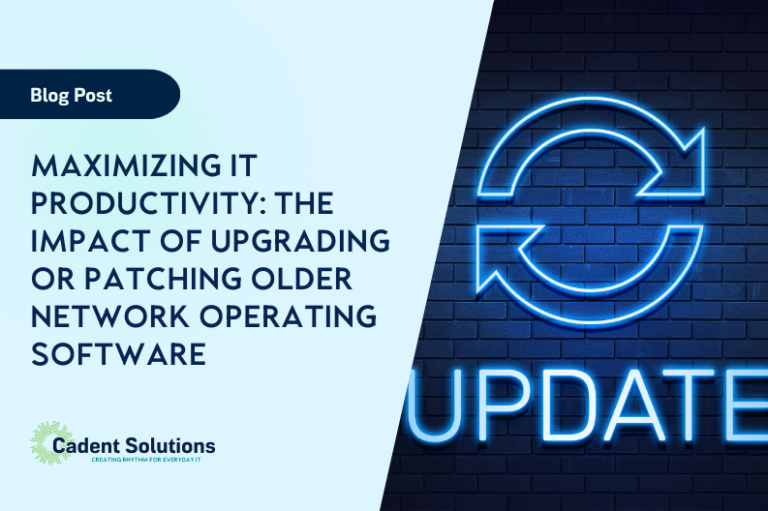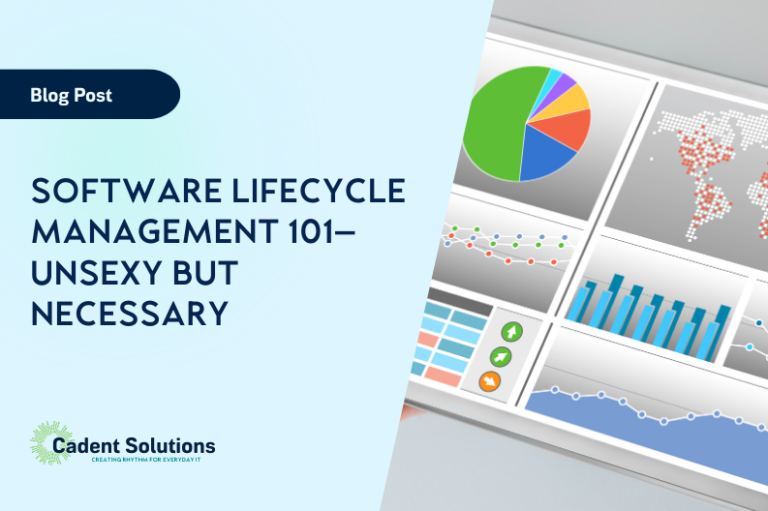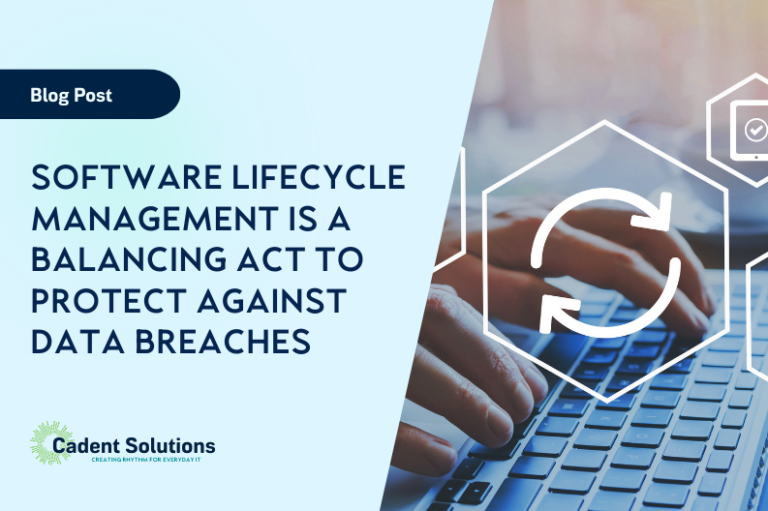Exploits of the Past: Things Hackers Never Forget
Outdated hardware can be a significant threat to your network’s security. By neglecting hardware upgrades, organizations leave themselves vulnerable to cyber-attacks that exploit known vulnerabilities. It’s crucial to have a comprehensive strategy that includes both software patch management and hardware lifecycle planning.






